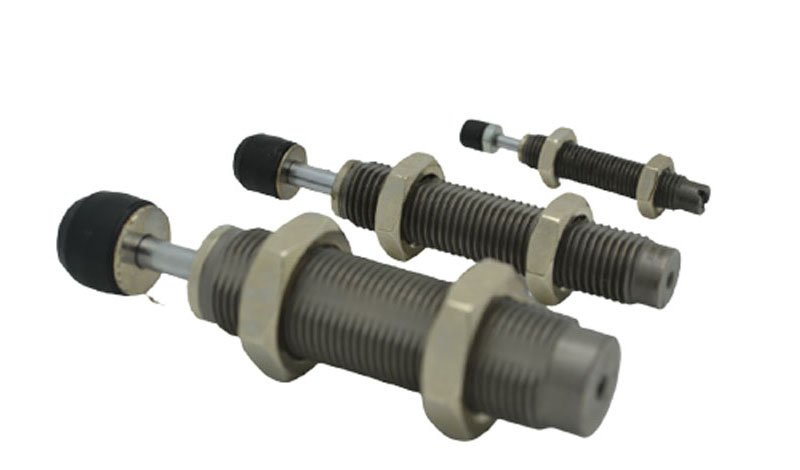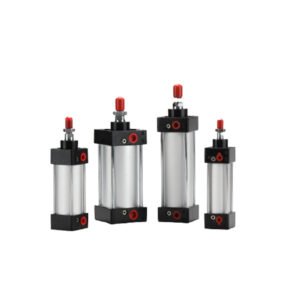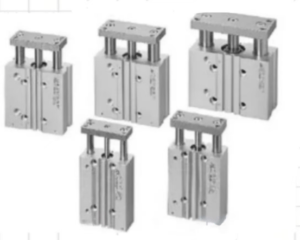How Hydraulic Shock Absorber Transform Your Ride.
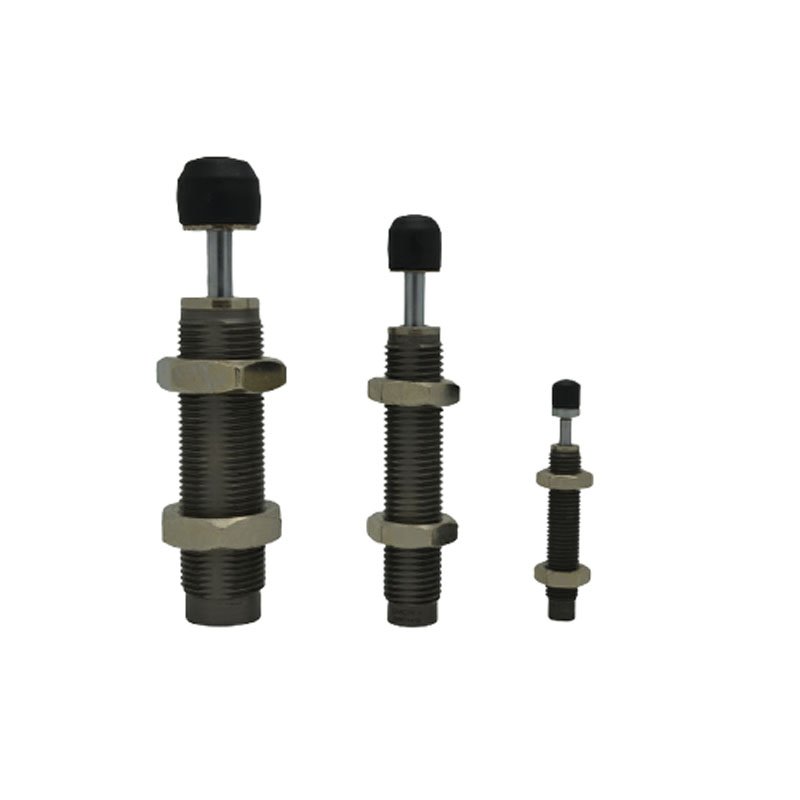
Explore how hydraulic shock absorbers work to control suspension movement, ensure vehicle stability, and provide a comfortable, safe driving experience. Learn more now.
Want to learn more about our products? Click here!
Your Guide to Hydraulic Shock Absorbers: Smoother Rides Ahead
Ever wonder what makes your drive over a bumpy road feel manageable and controlled? The unsung hero is often the hydraulic shock absorber. This vital component does more than just soften bumps; it’s a key player in keeping your tires firmly planted on the road. Let’s dive into how this clever piece of engineering enhances your drive, your safety, and your comfort.
The Core Function: Controlling Kinetic Energy
So, what does a hydraulic shock absorber actually do? In simple terms, it controls the unwanted, bouncy energy from your car’s springs. After hitting a bump, the spring compresses and then wants to release that energy by expanding rapidly. Without a shock absorber, your vehicle would keep bouncing. The shock absorber tames this motion. It converts the kinetic energy from the spring into thermal energy (heat), which it then dissipates into the air. This process ensures that the suspension settles down quickly after an impact, giving you a stable ride.
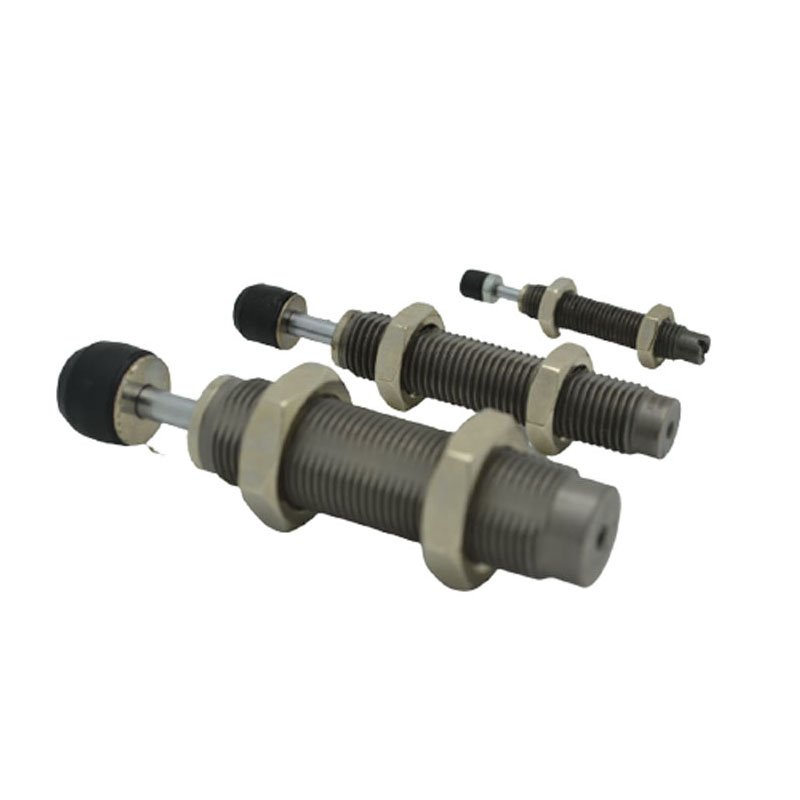
Key Performance Benefits for Your Vehicle
Now that we know how it works, let’s look at the direct benefits you experience. A high-quality hydraulic shock absorber delivers three main performance advantages.
First, it dramatically improves ride comfort by dampening vibrations and jolts from rough surfaces. You and your passengers feel fewer bumps and shakes. Second, and most importantly, it enhances safety. By keeping the tires in constant contact with the road, it provides better traction, shorter braking distances, and more predictable handling, especially during cornering or emergency maneuvers. Finally, it also helps protect other vehicle components from excessive wear and tear caused by a constantly bouncing chassis.
Inside the Mechanism: How Fluid Does the Work
The magic happens inside a sealed cylinder. A typical hydraulic shock absorber consists of a piston that moves through a special hydraulic fluid. This piston has tiny holes, or orifices, that allow the fluid to flow through, but with resistance. As the piston moves up and down, it forces the fluid through these small passages. This resistance to fluid flow is what creates the damping force that slows down the spring’s movement. Furthermore, many modern designs use twin-tube or mono-tube constructions with valves to fine-tune the resistance for both compression (when the wheel hits a bump) and rebound (when the wheel returns to position), ensuring a smooth and controlled reaction in any situation.
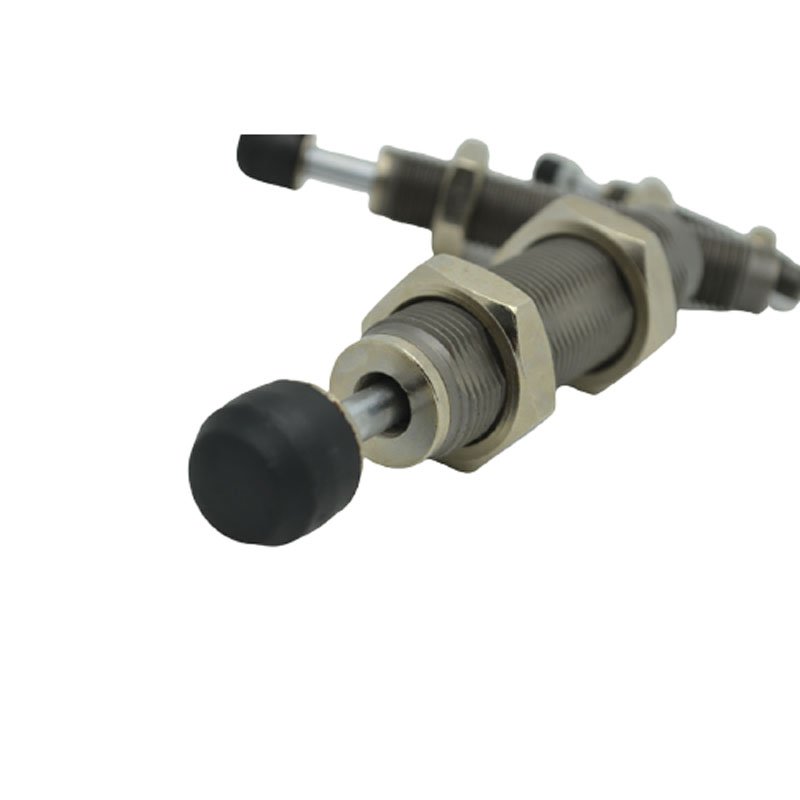
Choosing the Right Hydraulic Shock Absorber
Ultimately, your hydraulic shock absorbers are crucial for connecting you to the road. They work tirelessly to transform a potentially harsh and unstable journey into a smooth, controlled, and safe drive. Paying attention to their condition and replacing worn-out units is not just about comfort—it’s a direct investment in your vehicle’s handling and safety. For the best performance, always consult a professional to find the right shock absorbers that match your vehicle and driving needs.
Tex/Fax: 0086-577-62840011
WhatsApp: 0086-13355775769
#Hydraulic Shock Absorber
